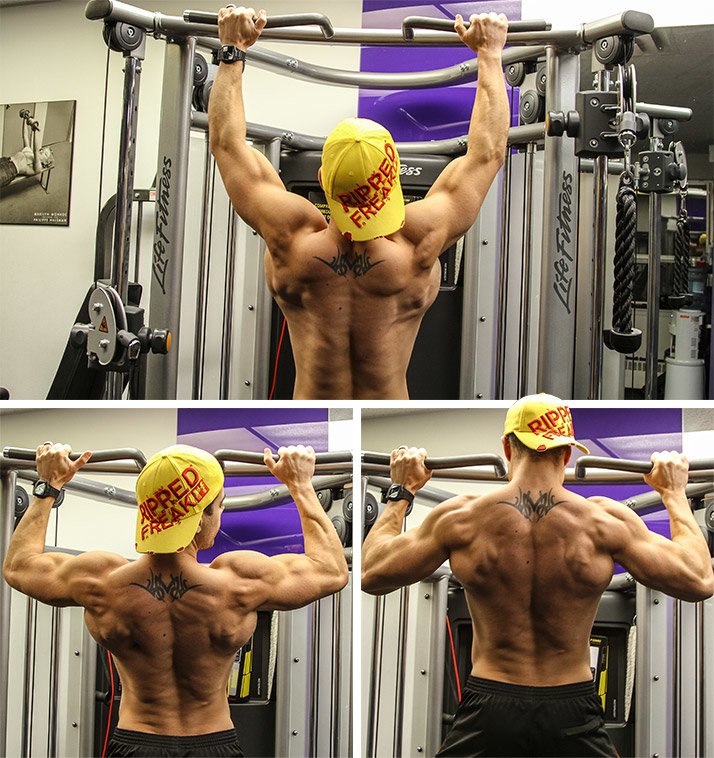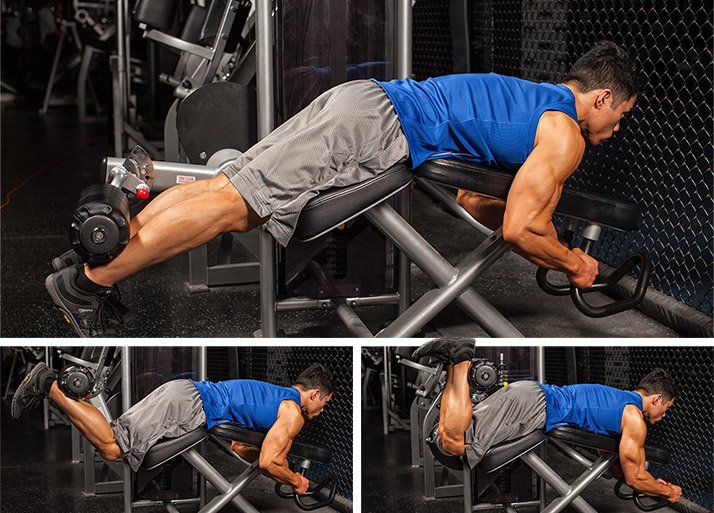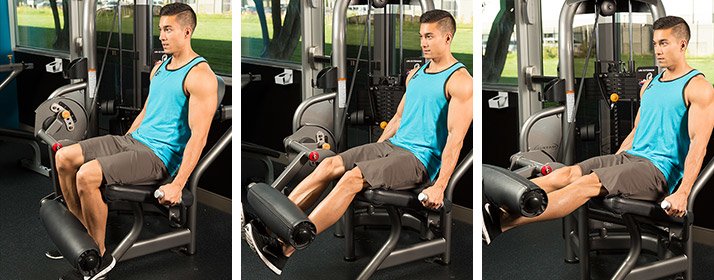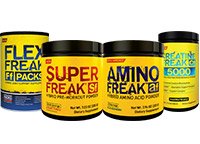
Get A Freakish Pump With The 21 Method On Every Body Part
21s are a finishing move that can swell your biceps. Here's how to do them to induce a massive pump with any muscle group.
If I say "21," your mind may go to one of two places: the blackjack table in Las Vegas or the ultra-challenging technique you do on biceps day. With one, you'll go broke sooner or later; with the other, your aim is to break the sleeves of your T-shirt.
While lifters have been using 21s to induce a super-intense biceps pump for decades, there's no reason to limit this advanced training technique to arm day. In fact, I've been using it as a finishing move for other body-part routines as well, all with the same muscle-swelling results.
How can you adapt the concept of 21s for any muscle group, and which are the best exercises to try it with? You won't need any of the luck of the blackjack table. I've got all the answers you're looking for right here.
What Are 21s?
With 21s, you essentially target a muscle with three different ranges of motion (ROM) in a single set. The goal is to complete 21 reps in all by breaking the set into three parts. The first 7 reps are completed over the bottom half of the ROM, the second 7 reps are done over the top half of the ROM, and the final 7 reps are done over the full ROM. By combining partial- and full-range reps in the same set, your aim is to shock the muscle by training it in a way it's totally unaccustomed to.
Just about everyone is familiar with doing biceps curls with 21s. The first 7 reps are done from the fully extended position, in which the joint is completely open to about halfway up—a point at which your forearms are about parallel to the floor. After those are completed, you go right into the next set of 7, which start from the halfway point to complete biceps flexion, whereby the joint is now closed. Then you complete 7 full-range reps—all the way from the bottom to the top.
Manipulating your reps and the ranges of motion are both ways to adjust training variables to encourage growth, especially if your routine has become stagnant. The initial phase emphasizes the stretch. The middle 7 reps focus on the peak contraction, an area of the ROM where you're likely to be stronger.

The final 7 increase the muscles' time under tension while serving as a burnout. The overall increase in muscular stress results in greater gains, assuming it's coupled with adequate rest and proper nutrition. The 21 method adds a different and intense stress that's likely new to your muscles, and that's a big shock to your system.
As a Finishing Move
In my experience, 21s can be done with just about any body part and exercise, making it an extremely versatile technique. But I don't typically recommend using it with multijoint movements; I prefer to use (and recommend) basic compound movements using full range of motion for the bulk of my training.

If you use this intense technique to start your session, it will compromise the strength of your basic lifts. I like to keep the majority of my basic lifts raw and simple with full range of motion. Instead, I prefer doing 21s toward the end of my workout.
The single-joint exercises work very well with 21s as a finishing movement for any workout. As for type of equipment, cables and machines are perhaps easier to work with, because they don't involve the stabilizer muscles that free weights do. I also like the constant tension that you get with cables.

Here are some of my top choices to try with 21s for each muscle group. No matter the exercise, the basic format is always the same: The first 7 reps are done over the lower half of the ROM, followed by the top half of the ROM, and then 7 more full-range reps.
| Muscle Group | Exercise |
|---|---|
| Cable cross-over (use the pec-deck machine if you cannot control the range of motion) |
|
| Pull-up (use the assisted pull-up machine if you cannot complete all the reps on your own) |
|
| Lateral raise | |
| Lying skullcrusher | |
| Barbell curl | |
| Leg extension | |
| Lying leg curl |
Using 21s In Your Workout
There are a few other variables to consider when doing 21s, so let's take a closer look at those.
How much weight should I use?
I recommend starting with your 15RM—that is, a weight you can barely do for just 15 reps—and assess from there. If it's too light, increase the load on future sets; conversely, if it's too heavy, reduce the poundage. Those last few reps should be very challenging to complete.
Can this technique be used by any level of lifter?
I'd recommend 21s for anyone except beginners. It's best to have a solid foundation of basic weight training before adding any shock principles.

How many sets should I do?
Perform 1-3 sets. If you're an advanced lifter, go higher; if you're a newcomer to this technique, start on the low end. Ultimately, however, it may depend on how much fuel you have left in the tank when you finish off a routine.
Should I reduce my body-part training volume to compensate for the increased intensity of my training?
I simply add 1-3 sets of one exercise with 21s in place of 3 regular sets of an exercise I'd normally do to finish the body part.
Are there any ways to increase the training intensity even more with 21s?
Gotta love that you're looking to push to the next level, and I'm more than happy to oblige. Try them as a superset to finish off your legs, combining leg extensions and lying leg curls, both done with 21s—the feeling is beyond intense.
The superset works well because once you're done forcing max blood into your hammies with the leg curl, you immediately go to the opposing muscle and blast your quads.



